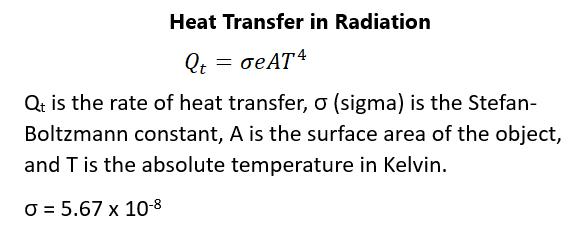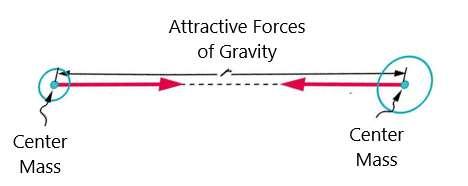You should also know that there will be situations where a person is standing on a tightwire or something is suspended from a wire in which there are two different angles of tension and two different tensions on either side of the weight on the wire. In such cases, the components of the tensions must cancel each other out and the sum of the vertical tensions on the wire must equal the weight of the object or person on the wire. There will be different tensions from left to right because the object isn’t in the middle of the wire. Once you calculate the vertical components of the two tensions, you can determine the amount of tension carried by each half of the wire. The horizontal component of the tensions must be equal because the object is stationary. The trick to solving these types of drag force and tension problems is to draw a picture and identify the forces involved.
NEWTONIAN FORCES There are only four basic forces involved in Newtonian physics. These are gravitational forces, electromagnetic forces, weak nuclear forces, and strong nuclear forces. Weak and strong nuclear forces happen over very small ranges (atomic ranges) so that they are not perceived directly. This leaves only electromagnetism and gravity as the basis for all forces on a macroscopic scale. Gravitational force is the only force that is solely attractive and is not repulsive. The range of both electromagnetic forces and gravitational forces is infinity, which is different from the short range of nuclear forces. The carrier particle for gravitational forces is the graviton, while the carrier particle for electromagnetic forces is the photon. Gravitational force is actually quite weak. It is only because gravity is always attractive that it becomes noticeable. This is seen as applicable to earth when, in reality, there are gravitational forces regarding the sun, moon, stars, and galaxies. Gravity also affects space and time, as you’ll see when we talk about general relativity, in which space is curved near very large bodies, such as the sun and other stars. Electromagnetic forces are both electrical and magnetic. Friction, tension, and other typical forces (besides gravity) are secondary to electromagnetic interactions of atoms and molecules.
49




































































